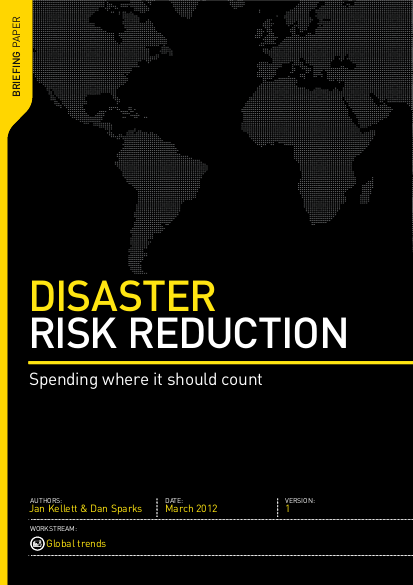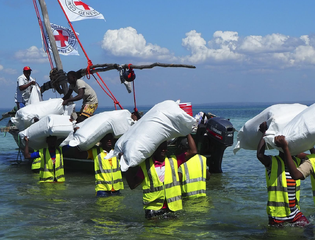
The humanitarian system is under considerable strain. Needs are increasing, and commodity prices remain at near-record highs. There is pressure on donors either to reduce their humanitarian expenditures or at the very least, more than before, to justify the value in each dollar spent. This is in a context of mega-disasters on an almost unheard of scale and continual expenditures of vast sums in complex emergencies. There are considerable concerns about whether or not the current trend of year on year increases in humanitarian funding can be sustained. Disaster risk reduction (DRR) is seen by many as a means not only to reduce this continued pressure on humanitarian expenditures but also to protect development investments made by both the international community and national governments – and, of course, to reduce the effects that disasters have on families, communities and countries.
